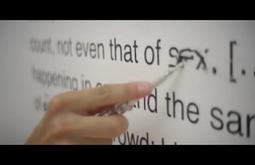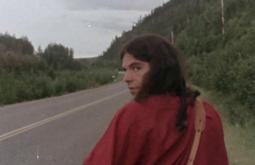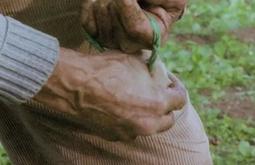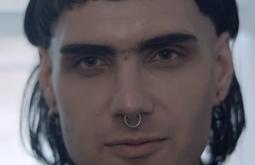"Last Resort draws its images from the remaining ethnic minority groups of Vietnam's Western Highlands. The film focuses on daily village life, leading in to a funereal ceremony often referred to as 'l'abandonnement des tombeaux', roughly translated as the leaving behind of the graves. When someone dies, the Jörai people spend a few years building a small structure called [Nhâ Mo] to house the buried body, during which time the soul of the deceased is said to dwell in the village. When the Nhâ Mo is complete, there's a feast; a sacrifice; a celebration. After the celebration, members of the community seldom if ever pay visits to the grave site. The belief is that people came from the forest and so they should return to the forest, which is seen as a celestial territory. Organic and celestial."
Last Resort (2013)
Other works by Andrew de Freitas

Andrew de Freitas
Fuckmeadows (2013)
A discussion on art and the making of artifice—nature and the city are contrasted.

Andrew de Freitas
Standing Wave (2013)
The flow of water is explored in parallel with the life of a young man.

